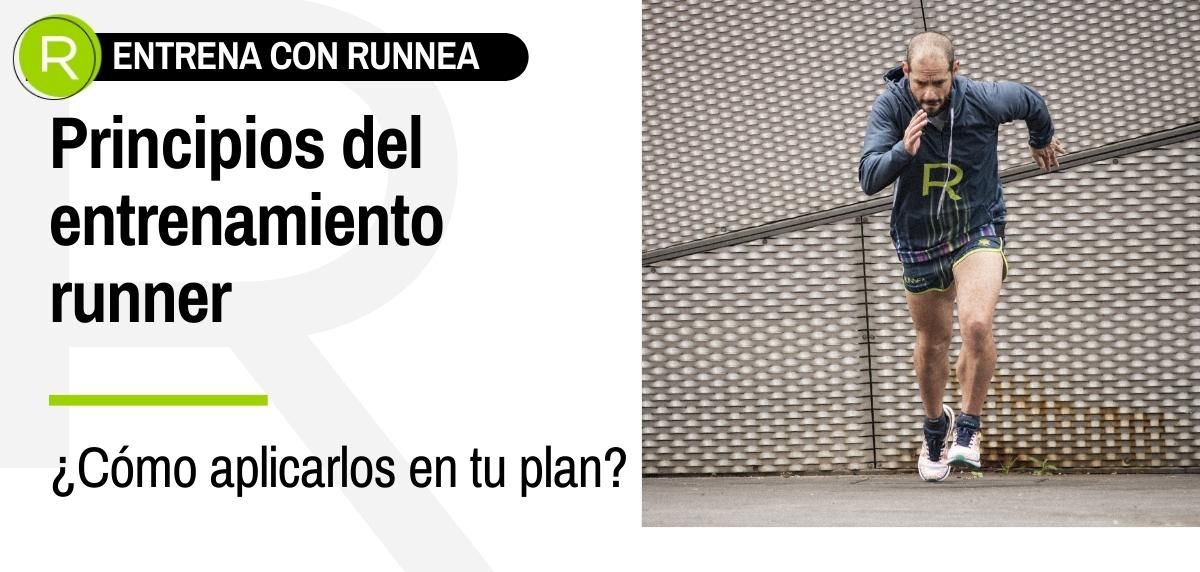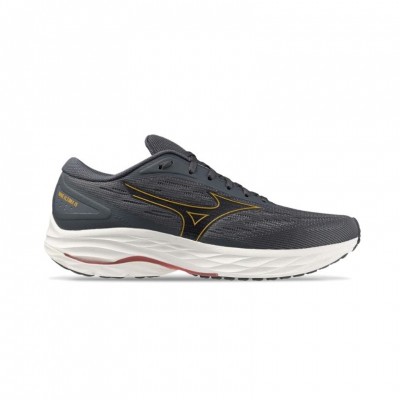We already told you in the first article what happened to Pablo, so if you have decided to plan your season yourself, it is important that you know what the principles of training are, because through their application you will be able to set the guidelines for your preparation.
They are here and, finally, the popular races are here! So if you have not yet done so, you are still in time, but know that a good planning of the season is vital for you to face your sporting goals with maximum guarantees of success. That said, and within that planning it is essential to know what they are and how you should apply the different principles of training.
Don't panic and don't get overwhelmed! At RUNNEA we are ready to help you with a clear and simple explanation of these training principles, which will help you to continue progressing as a runner who approaches his training with the clear intention of surpassing his goals and records in the various popular races in which he competes. Let it be clear that each of them responds to a logic, but that leads to practice, it costs a little to follow. However, this is already a different story, and we will deal with it in another of our articles...
Planes de entrenamiento seguros, eficaces y motivadores
ENTRENAMIENTOS RUNNEALet's go over these PRINCIPLES. It is true that there are more, but we emphasize this decalogue that you may find very interesting:
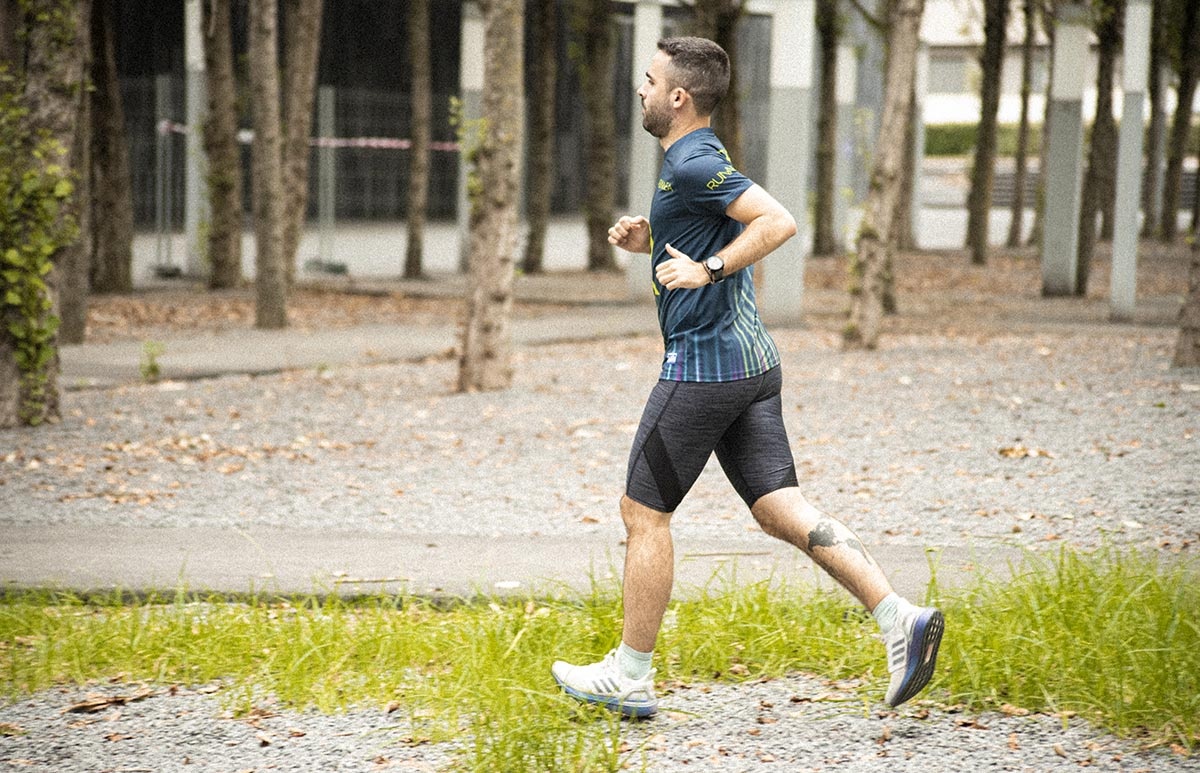
Principle of effective load stimulus.
"Adaptation occurs when optimal stimuli are assimilated..."
It is common sense, but a selective physical effort is capable of generating the desired response, without resulting in the effects of overtraining. In fact, the general rule states that adaptation occurs when optimal stimuli are assimilated. This means that we must train when it's time and when it's right, and in the right measure, because if we do it too much we are achieving the opposite effect of what we are looking for with our running sessions. Stimuli and workloads must be in tune and must go hand in hand for training to be effective, and to achieve the desired adaptations.
Principle of progression
"The load level of the stimuli must increase progressively..."
Since we have marked that both the stimuli and the workloads should go hand in hand, we must be clear about the maxim "less is more", and put criteria in each training so that it vaya produced progressively and appropriate to each level of runner. Volume, intensities and rhythms will increase so that the necessary physical adaptations are produced, allowing us to continue advancing in our individualized training plan.
Principle of variety
"Training stimuli should be presented in a varied way..."
Looking for all those adaptations necessary to achieve the desired progression, the roadmap to follow should be to avoid stagnation in training. That is, always doing the same type of training is not the best way to evolve. So the principle of variety is one of the key sections for you to maintain motivation and fight boredom. So in your training plan there should be no lack of long runs, interval sessions, changes of pace and/or fartleks, among others. Variety, yes, and always; but also do it with judgment and knowledge of cause. Do not do things like crazy and like a headless chicken!
Principle of the load-rest relationship
"There must be adequate recovery for each training stimulus..."
This principle forces us to be aware that we need to know how to listen to our body. Just as it has a variety of types of training sessions, it is no less true that within that variety of workouts, rest days must also be contemplated. As necessary, or more, as the training itself. So you have to rest, yes or yes, and always taking into account the physical effort we have made. It is also important to try to answer the questions of how much, when and how to carry out these periods of rest. By the way, rest does not have to mean that you do not even get up from the couch, but there are also good times to apply an active rest.
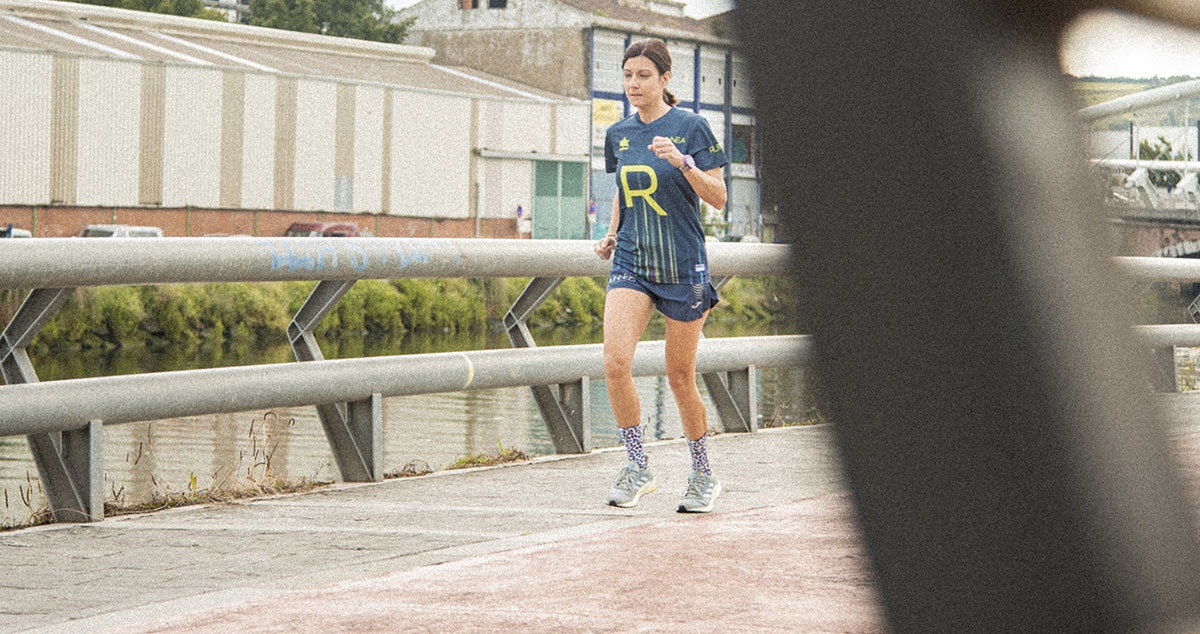
Principle of continuity
"Stimuli must be repeated continuously to avoid setbacks..."
It is more than obvious, in the end it is like everything in life, you have to find the balance, and that happens because both training loads and rest periods are well planned and that these are presented equally without the need to reach the extremes of fatigue. This is the only way to ensure the most appropriate progression in each of your workouts.
Principle of reversibility
"The benefits obtained by repetition of loads are lost through inactivity or pathological fatigue..."
The first part of the disjunction is something that is obvious. It does not take many days without physical activity to be aware that this inactivity takes its toll and has repercussions on the loss of our peak fitness. While the second part is very important, because if we overexpose our body with too much fatigue, we put at risk everything we have achieved and accomplished so far.
Train with RUNNEA
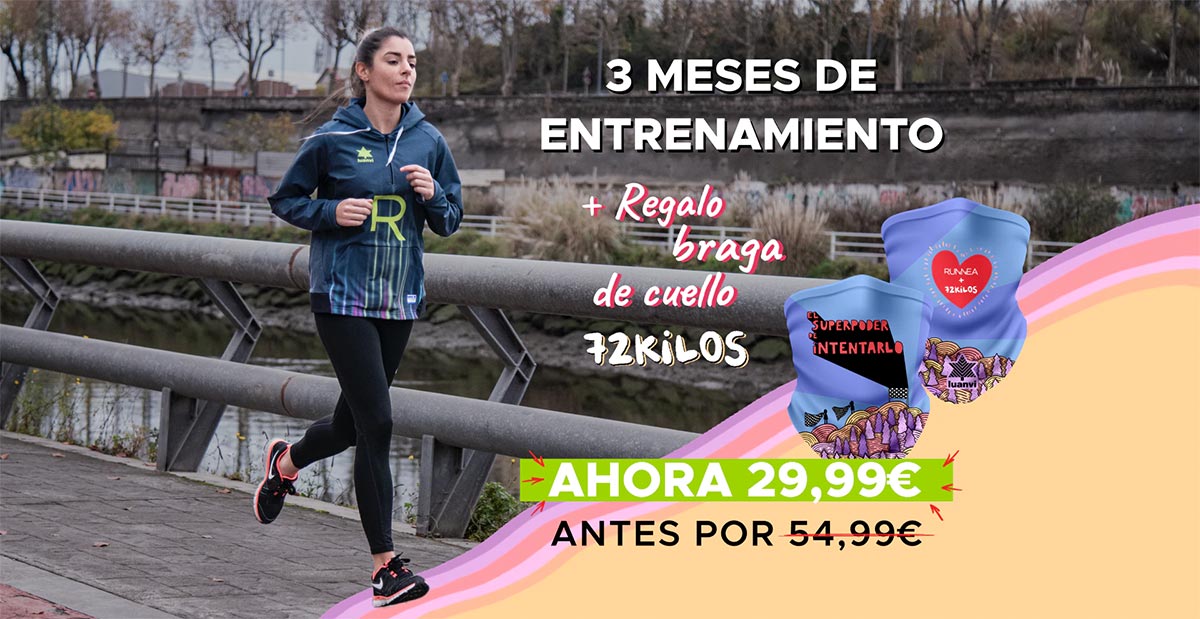
Principle of periodicity
"Set the training periods to coincide with the adaptation processes..."
Schedule your training according to the objective to be achieved. The maxim to follow is none other than: to reach that longed-for D-day in the best possible shape. A key section that should make you think about adjusting your training plan to your own competitive objectives.
Principle of individualization
"Training must be adapted to the characteristics of each individual..."
A principle that is non-negotiable and must be strictly adhered to. There are so many variables that come into play (age, sex, experience, daily activity, work, family and personal circumstances, etc.) that it is practically impossible for the same training plan to be valid for two different runners. At RUNNEA, our premise to follow is: as no two runners are the same, no two training plans can be the same. Each one has its own, and always adapted to the needs of each individual! The recommendation we can make is that you do not copy what your running partner does, and look for a proper planning with the advice of a qualified coach.
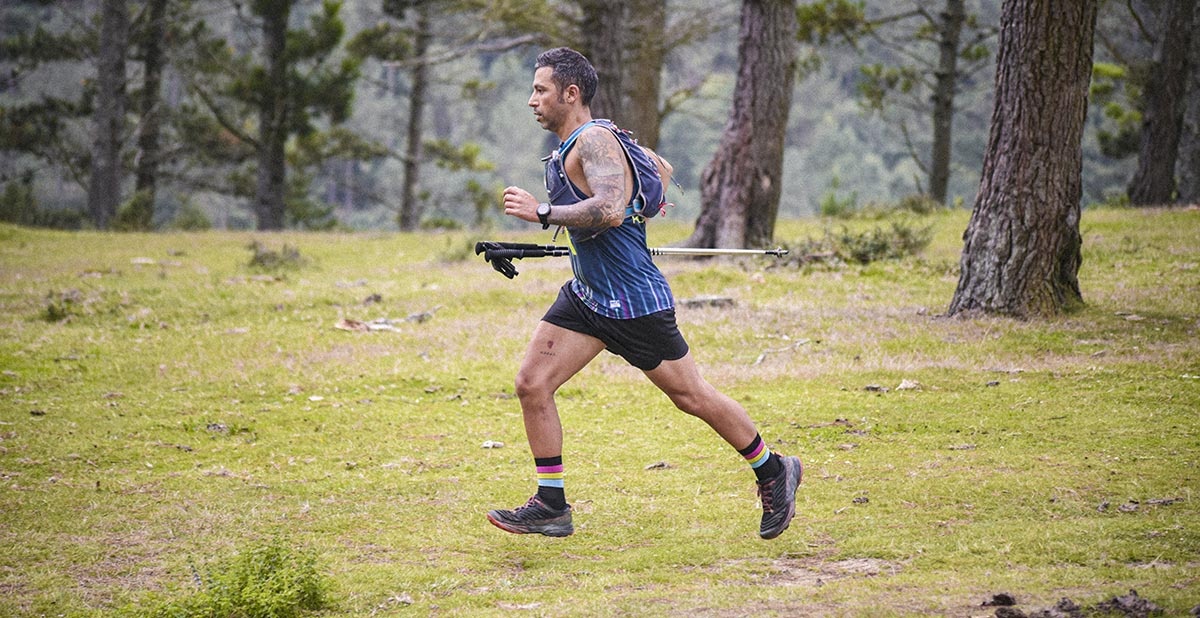
Principle of specificity
"A specific type of work in the sport practiced is necessary for performance in that sport to be high..."
But that does not mean that we cannot include cross-training. That is, those physical activities or sports other than running that we do to complement our preparation such as cycling, hiking, indoor aerobic work, swimming, power walking, etc.
Principle of periodic regeneration
We don't need to tell you, because you can't be at your best all year round, and you know it. Your body and mind need to regenerate every so often, so apply the theory and put it into practice.
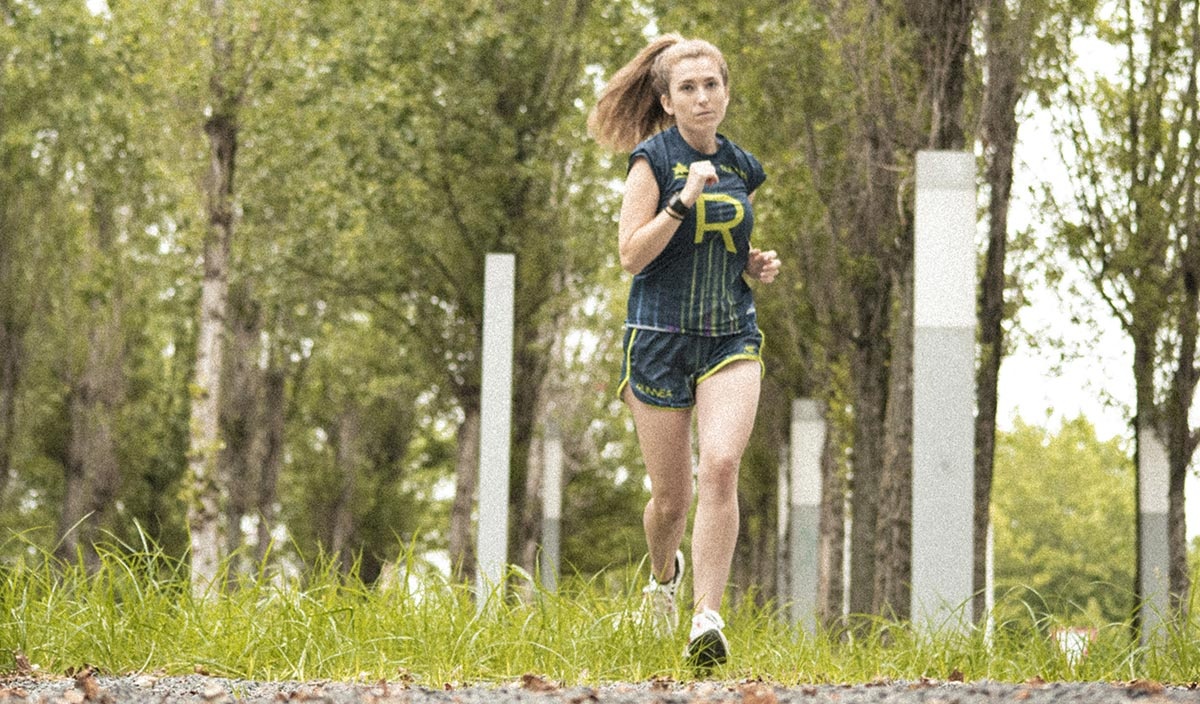
Final conclusions on the principles of training
Don't gamble, plan your day by day, according to your own goals! The summary of important points is as follows:
- Do varied, but specific training for running.
- Increase the training load progressively.
- Intersperse the necessary breaks.
- Stay consistent, train with judgment and head, especially by listening to your body.
- You do not need to copy what other runners do, but what you need is the right advice from a professional in the field.
And the extra thing to keep in mind: principle number 11.
Above all and above all, first and foremost?
ENJOY THE JOURNEY AND THEN ENJOY IT ONCE YOU'VE CROSSED THE FINISH LINE!
Read more news about: Running Training
